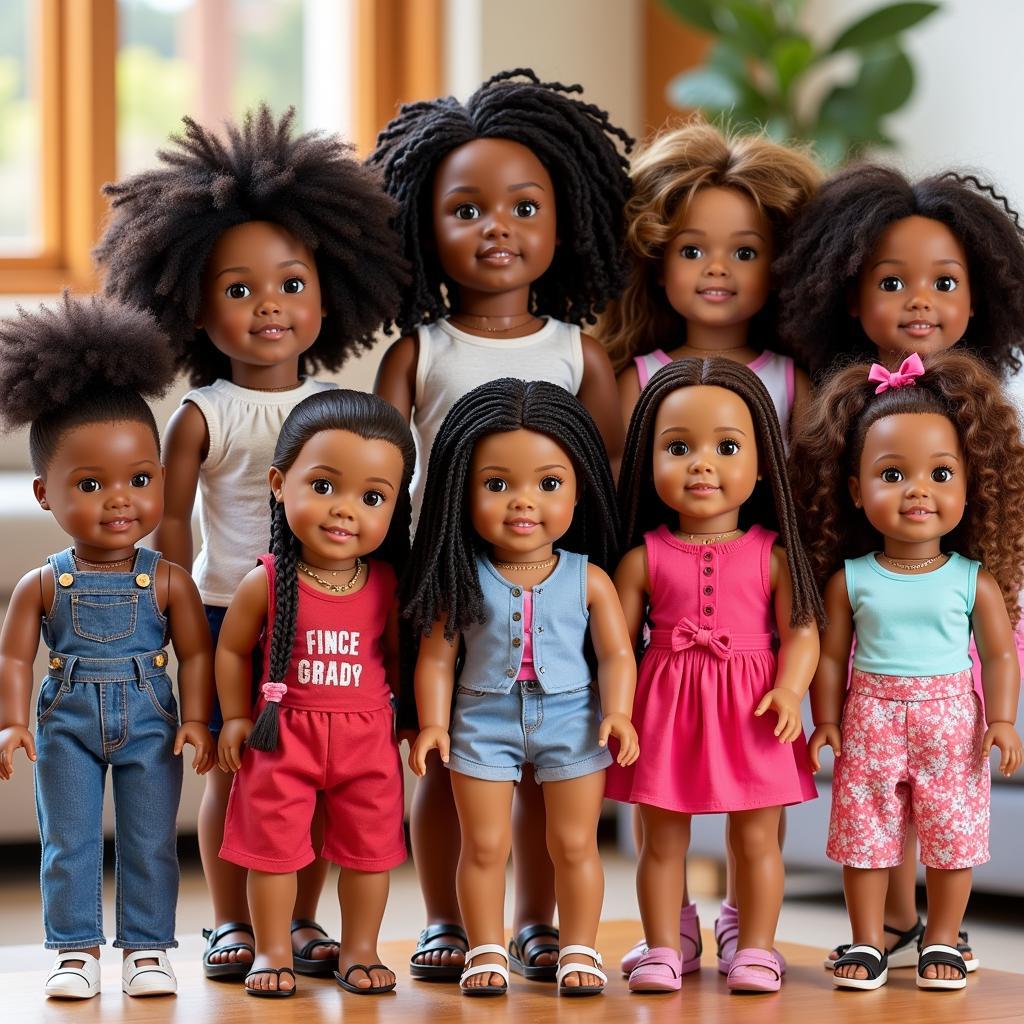African Cichlid Breeding Setup: A Complete Guide for Beginners
Setting up an African cichlid breeding tank can be an exciting and rewarding experience. These vibrant, colorful fish offer a unique opportunity to witness the fascinating world of aquatic reproduction. However, it’s important to understand the specific needs of these fish to ensure successful breeding. This comprehensive guide will cover everything you need to know to create a thriving African Cichlid Breeding Setup.
Understanding African Cichlids
African cichlids are a diverse group of fish, known for their captivating colors, unique patterns, and complex social behaviors. They inhabit various freshwater ecosystems across the African continent, including Lake Malawi, Lake Tanganyika, and Lake Victoria. Different species have distinct breeding habits, with some being monogamous while others exhibit polygamous relationships.
Choosing the Right Tank Setup
A crucial first step is selecting the right tank size. Consider the species you’re planning to breed and their adult size. A tank size of at least 55 gallons is recommended for most breeding pairs, while larger tanks are ideal for multiple breeding groups.
Essential Equipment for a Breeding Tank
To create the optimal environment for your African cichlids, you’ll need the following equipment:
- Filter: A powerful filter is crucial to maintain water quality. Opt for a canister filter or a high-flow hang-on filter.
- Heater: African cichlids thrive in warm water, typically around 75-82°F. A reliable submersible heater is essential.
- Thermometer: Monitor water temperature to ensure it stays within the ideal range.
- Substrate: A sandy substrate is preferred as it mimics their natural habitat and is gentle on their fins.
- Rocks and Caves: These provide hiding places for the fish, especially during breeding, and add visual appeal to the tank.
- Plants: Some African cichlid species may be aggressive towards plants, so select hardy varieties or opt for artificial plants.
Water Parameters
Maintaining the correct water parameters is critical for African cichlid health and breeding success. Here’s a breakdown of key parameters:
- pH: Most African cichlids thrive in slightly alkaline water with a pH range of 7.5-8.5.
- Hardness: African cichlids are generally hard-water fish, with a general hardness (GH) of 10-18 dGH and carbonate hardness (KH) of 8-12 dKH.
- Ammonia, Nitrite, and Nitrate: Maintain zero levels of ammonia and nitrite, and keep nitrate below 20 ppm.
“It’s essential to test water parameters regularly,” says Dr. Emily Jones, a renowned ichthyologist specializing in African cichlid breeding. “Consistent monitoring ensures the optimal environment for your fish to thrive.”
Breeding Habits of African Cichlids
Understanding the specific breeding habits of the chosen species is crucial for success.
Mating Rituals
African cichlids exhibit fascinating mating rituals. Some species, like the Malawi cichlids, engage in elaborate displays of colors and dances to attract a mate. Others, like the Tanganyika cichlids, may be more territorial and aggressive.
Nest Building
Many African cichlids create nests, typically in caves or under rocks. The female usually lays eggs within the nest, and the male fertilizes them.
Parental Care
Both parents typically take part in caring for the eggs and fry. They diligently clean and aerate the eggs, and protect them from predators.
Tips for Successful Breeding
Here are some practical tips to increase your chances of successful African cichlid breeding:
- Conditioning: Feed a high-quality diet rich in protein to prepare your fish for breeding.
- Stimulation: Mimic the natural cues that trigger breeding, such as changing the water temperature or adding a new substrate.
- Isolation: Isolate a breeding pair to prevent aggression from other fish.
- Fry Care: Provide a safe environment for the fry to grow and develop.
FAQ
Q: What are the best African cichlid species for beginners?
A: For beginners, consider species like the Yellow Labidochromis or the Electric Yellow cichlid. These are relatively peaceful and easy to breed.
Q: How often should I change the water in a breeding tank?
A: Partial water changes of 25-50% are recommended weekly to maintain water quality.
Q: What are the signs that my African cichlids are ready to breed?
A: Look for changes in behavior, such as increased aggression, courtship displays, and nest-building activities.
Q: Can I add fry to the main tank with the adults?
A: It’s generally not advisable, as adult cichlids may eat their fry. Consider raising the fry in a separate tank until they are large enough to be introduced to the main tank.
Q: What should I feed my fry?
A: Start with freshly hatched brine shrimp or commercially available fry food. Gradually introduce other foods as they grow.
Q: How can I sell my African cichlid fry?
A: Local fish stores or online platforms can be good avenues for selling your fry.
This comprehensive guide provides a solid foundation for setting up and maintaining an African cichlid breeding tank. Remember to always research the specific needs of the species you choose and be patient with the process. By understanding the intricacies of African cichlid behavior and adhering to these guidelines, you can successfully breed these captivating fish and experience the wonder of aquatic reproduction firsthand.



